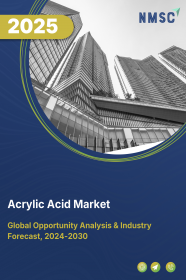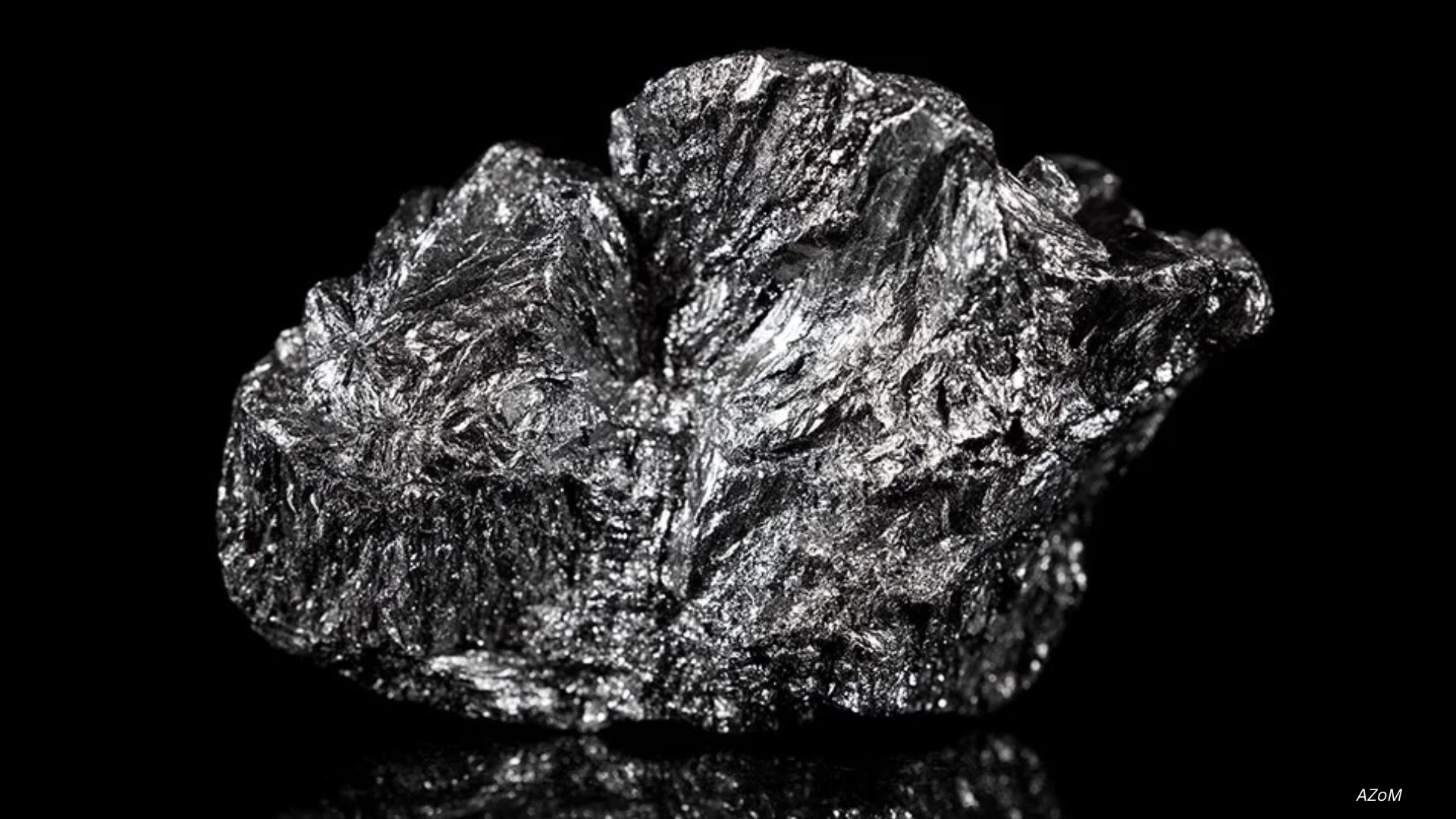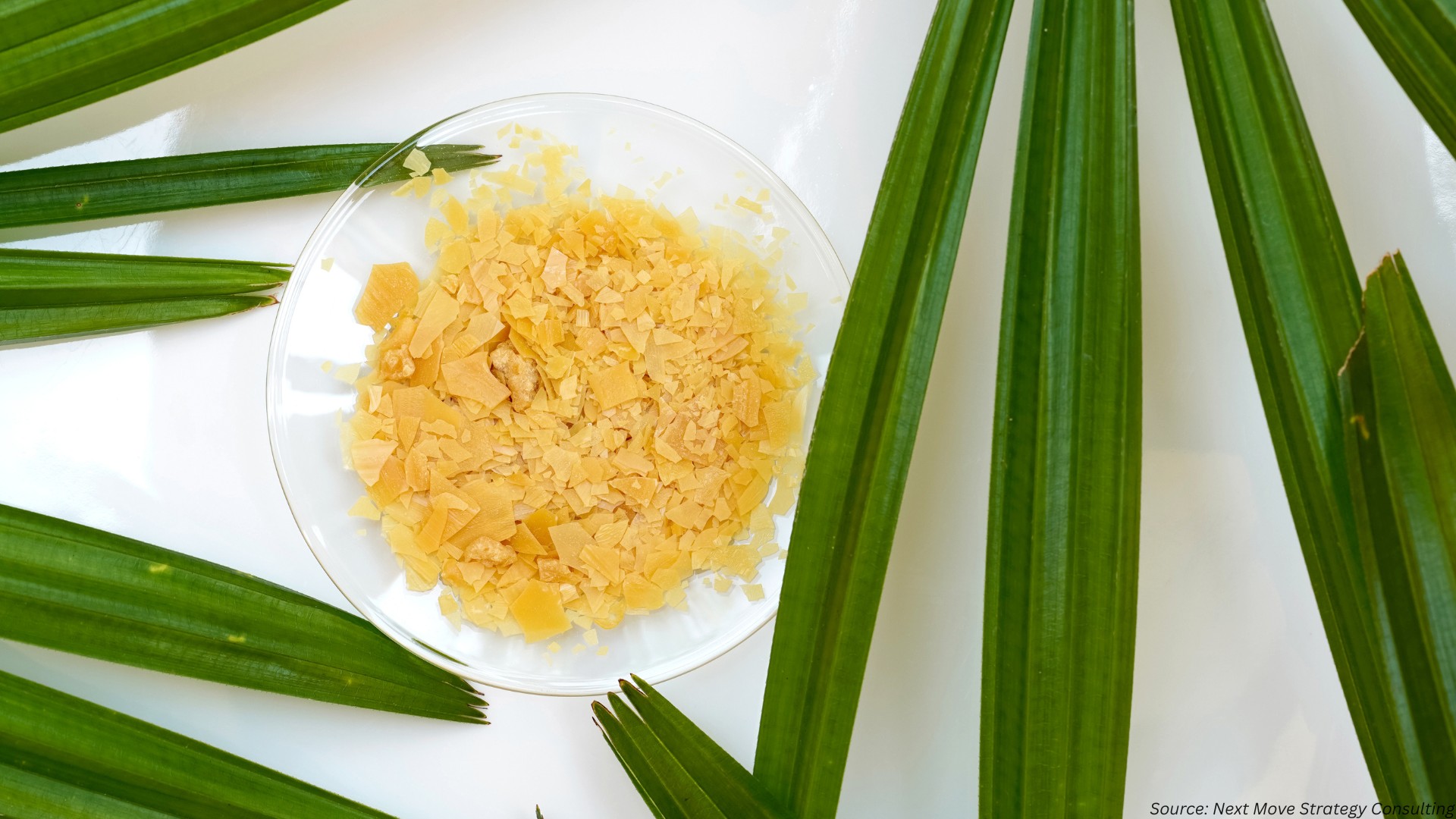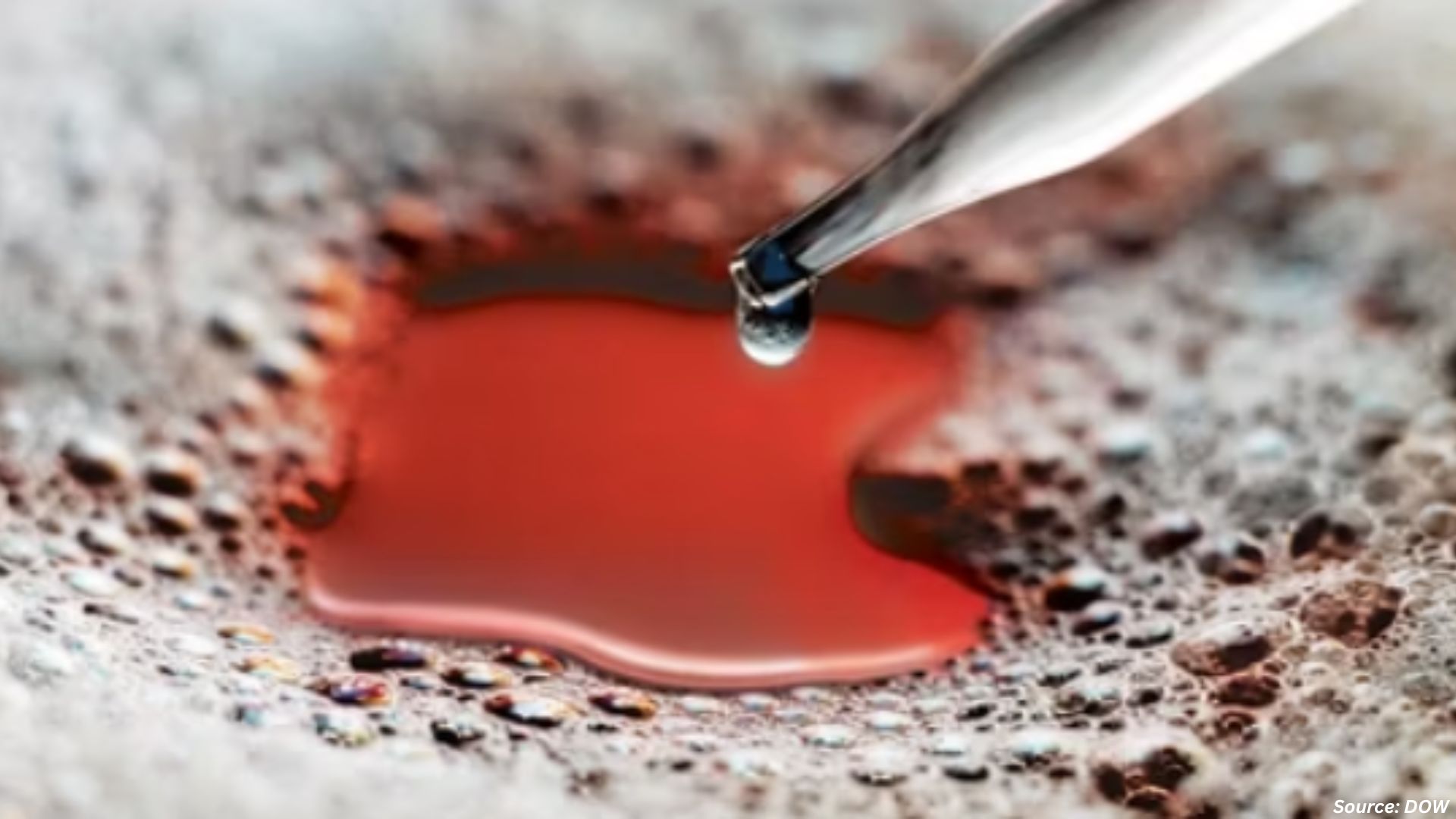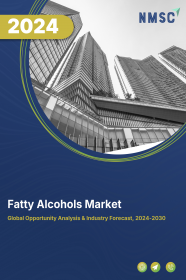
Fatty Alcohols Market by Product (C6-C10 Fatty Alcohols, C11-C14 Fatty Alcohols, and C15-C22 Fatty Alcohols), by Type (Pure, Midcut, Long Chain, Short Chain), by Source (Tropical Oils, Animal Fats, Soft Oils and Others), by Application (Soaps & Detergents, Cosmetics & Personal Care, Food & Beverages, Pharmaceuticals, Textile & Leather Processing, And Others)- Global Opportunity Analysis and Industry Forecast 2021-2030
Market Definition
The Fatty Alcohols Market size was valued at USD 5.69 billion in 2020 and is predicted to reach USD 8.44 billion by 2030 with a CAGR of 4.5% from 2021-2030. Fatty alcohols are similar to fatty acids and is produced either from a wide range of vegetable oils and fats or various petrochemical sources like ethylene. They are usually straight-chain primary alcohols with high-molecular-weight and number of atoms as few as 4–6 to as many as 22–26. Fatty alcohols are colorless oily liquids or waxy solids, and are amphipathic in nature. It acts as non-ionic surfactants and is majorly used as emollients, thickeners, emulsifiers, and lubricating agents in various skincare products. Fatty alcohols are also used in the production of detergents, cleaners, inks, cosmetics, personal care, plasticizers, pharmaceuticals, foods, and nutrition products.
Market Dynamics and Trends
The demand for fatty alcohol is increasing as it is widely used in home care and personal care products. They are used in a variety of products such as conditioner, shower gel, deodorants, colin, antiperspirant, shampoo, and lipstick. Also, factor such as increased demand for hand sanitizers and liquid soaps post Covid-19 outbreak has substantially boosted the demand of fatty alcohol and is expected to propel the growth of the market during the forecast period.
However, high manufacturing cost and fluctuation in the prices of raw materials such as palm oil, tallow and rapeseed oils are the factors expected to restrain the market growth to some extent. On the other hand, increasing awareness among consumers regarding the benefits of bio-based products owing to the toxicities caused by petrochemical-based substitutes is likely to encourage consumers to adopt natural products. This in turn is expected to create ample growth opportunities for the market players in the coming years.
Market Segmentations and Scope of the Study
The fatty alcohol market size has been segmented based on product, type, source, application, and geography. Based on product, the market is classified into C6-C10 fatty alcohols, C11-C14 fatty alcohols, and C15-C22 fatty alcohols. Based on the type, the industry is classified into pure, midcut, long chain, short chain. Based on source, they are classified into tropical oils, animal fats, soft oils, and others. Based on application, the market is classified into soaps & detergents, cosmetics & personal care, food & beverages, pharmaceuticals, textile & leather processing, and others. The geography breakdown and analysis of each of the aforesaid segments includes regions comprising of North America, Europe, Asia-Pacific, and ROW.
Geographical Analysis
Asia-Pacific region holds the lion share of fatty alcohol market and is expected to continue dominating the market during the forecast period. This is attributed to factors such as growing demand for cosmetics, personal care, and surfactant products in this region. Also, countries like China, Japan, and South Korea have made significant contribution in strengthening the fatty alcohol market due to growing population, rising disposable income, and economic growth in these countries. Moreover, China being the hub of detergent and soap manufactures, is showcasing the rise in the domestic consumption. Furthermore, presence of major players such as KLK Oleo, Sasol Limited, Emery Oleochemicals, and P & G Chemical boost the market growth in this region.
However, second-largest market share is held by Europe due to prevailing strict regulations regarding the application of chemicals in detergents. In addition, North America is expected to show a steady rise in this market due to spike in the demand for surfactants as well as home cleaning products and sanitizers during the COVID-19 pandemic.
Competitive Landscape
The market is comprised of various players such as VVF LLC, KLK Oleo, Kao Corporation, Univar Inc, Sasol Limited, Royal Dutch Shell Plc, Berg+ Schmidt GmbH & Co. KG, Emery Oleochemicals, BASF SE, and P & G Chemicals. These manufacturers are aiming to develop unique products by conducting research and development activities. Some of the other manufacturers are trying to increase their production capacity for the manufacturing of fatty alcohols. For instance, in July 2019, Sasol Ltd., South Africa-based chemicals and energy company had opened a new fatty alcohols plant in eastern Chinese city of Nanjing. This new plant is the largest plant in China and has plans to double its alkoxylation production capacity to about 150,000 tons annually.
Key Benefits
-
The fatty alcohol market report provides the quantitative analysis of the current market and estimations through 2021-2030 that assists in identifying the prevailing market opportunities to capitalize on.
-
The study comprises a deep dive analysis of the fatty alcohol market trend including the current and future trends for depicting the prevalent investment pockets in the market.
-
The information related to key drivers, restraints and opportunities and their impact on the fatty alcohol market is provided in the report.
-
The competitive analysis of the market players along with their market share in the fatty alcohol market
-
The SWOT analysis and Porters Five Forces model is elaborated in the study.
-
Value chain analysis in the market study provides a clear picture of the stakeholders’ roles.
Key Market Segments
By Product
-
C6-C10 Fatty Alcohols
-
C11-C14 Fatty Alcohols
-
C15-C22 Fatty Alcohols
By Type
-
Pure
-
Midcut
-
Long Chain
-
Short Chain
By Source
-
Tropical Oils
-
Animal Fats
-
Soft Oils
-
Others
By Application
-
Soaps & Detergents
-
Cosmetics & Personal Care
-
Food & Beverages
-
Pharmaceuticals
-
Textile & Leather Processing
-
Others
By Geography
-
North America
-
U.S
-
Canada
-
Mexico
-
-
Europe
-
UK
-
Germany
-
France
-
Italy
-
Spain
-
Rest of Europe
-
-
Asia-Pacific
-
China
-
India
-
Japan
-
South Korea
-
Australia
-
Rest of Asia-Pacific
-
-
RoW
-
UAE
-
Saudi Arabia
-
South Africa
-
Brazil
-
Remaining Countries
-
Key Players
-
VVF LLC
-
KLK Oleo
-
Kao Corporation
-
Univar Inc
-
Sasol Limited
-
Royal Dutch Shell Plc
-
Berg+ Schmidt GmbH & Co. KG
-
Emery Oleochemicals
-
BASF SE
-
P & G Chemicals
REPORT SCOPE AND SEGMENTATION:
|
Parameters |
Details |
|
Analysis Period |
2020–2030 |
|
Base Year Considered |
2020 |
|
Forecast Period |
2021–2030 |
|
Market Size Estimation |
Billion (USD) |
|
Market Segmentation |
By Product (C6-C10 Fatty Alcohols, C11-C14 Fatty Alcohols, and C15-C22 Fatty Alcohols), by Type (Pure, Midcut, Long Chain, Short Chain), by Source (Tropical Oils, Animal Fats, Soft Oils and Others), by Application (Soaps & Detergents, Cosmetics & Personal Care, Food & Beverages, Pharmaceuticals, Textile & Leather Processing, And Others) |
|
Geographical Segmentation |
North America (U.S., Canada, Mexico) Europe (UK, Germany, Italy, France, Spain, Rest of Europe), Asia-Pacific (China, Japan, India, South Korea, Australia, Rest of APAC), Rest of the World (UAE, Saudi Arabia, South Africa, Brazil, Remaining Countries) |
|
Companies Profiled |
VVF LLC, KLK Oleo, Kao Corporation, Univar Inc, Sasol Limited, Royal Dutch Shell Plc, Berg+ Schmidt GmbH & Co. KG, Emery Oleochemicals, BASF SE, and P & G Chemicals. |




















 Speak to Our Analyst
Speak to Our Analyst



